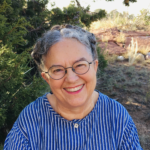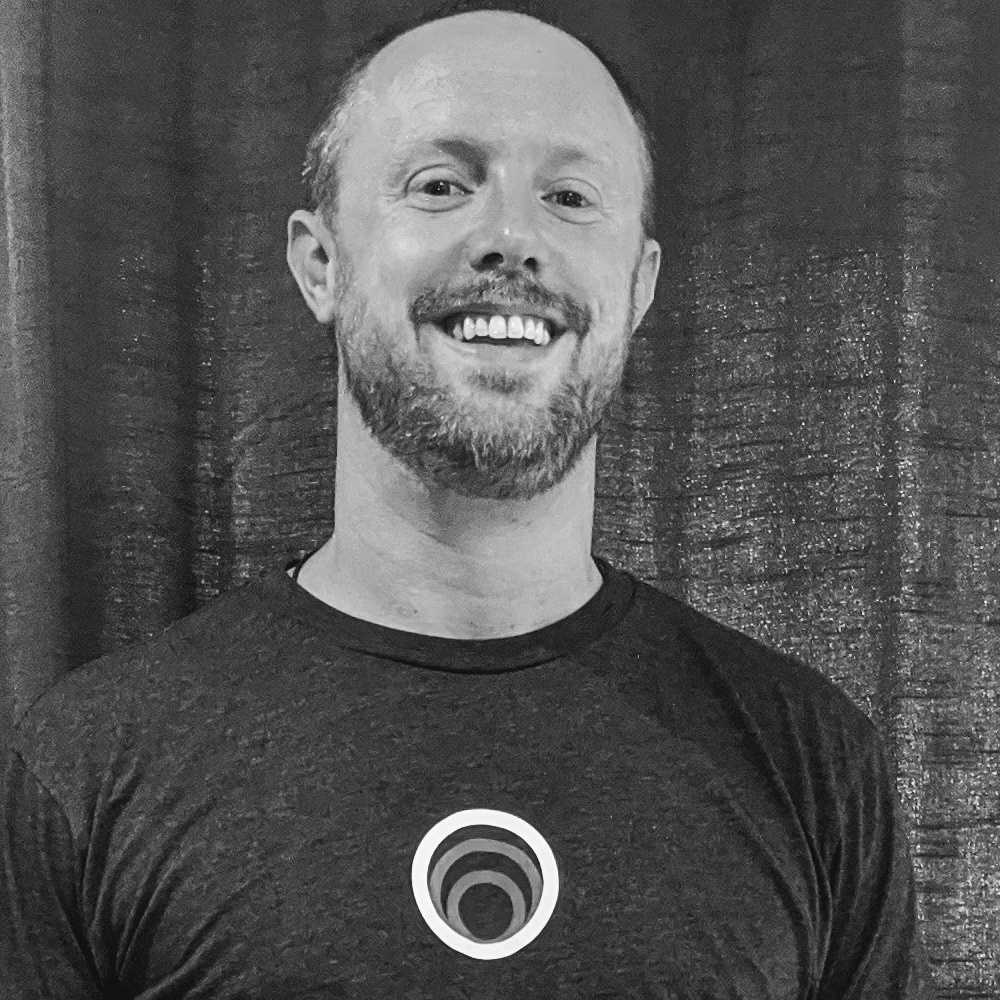
Do you keep track of the environment, i.e., temperature and humidity in your institution? Are you using data loggers or hygrothermographs to monitor the help you keep track of environmental changes? Do you really know what to do with the data you’re collecting? Are you doing this just because you are supposed to in order to better care for your collections, but not so sure about the overall benefit? Do you have a variety of collections materials that varying requirements for their optimal environmental conditions and not quite sure how to optimize for the overall needs of your collections? Have you thought that there are better ways to present the findings from your data to others in your institution? Would it be helpful for you to have better ways to understand or tell the story of your institution’s environment and its effect on your collections?
This webinar is a chance to look at what’s standing in the way of your organization having better environmental monitoring, and a better collection environment! We’re discussing a free software tool offered by Conserv that’s designed to help you turn your environmental data into actionable information for your organization. The software Conserv Cloud is designed to be accessible for collections of all sizes – it works with your existing data loggers, it’s cloud-based, and it doesn’t require any fancy computer set-up. The Conserv mantra is progress instead of perfection, and this webinar is a chance to learn how to move your organization forward on an important pillar of preventive conservation.
Additionally, Conserv is partnering with collections to aggregate environmental data together to help researchers develop new models for environmental degradation. The old way of running experiments on one material at a time is too expensive and time-consuming to be practical. There’s a grand experiment already running all the time in your collection today – diverse objects are experiencing different levels of damage from a range of environmental conditions. With advances in big data and data science, Conserv is beginning to measure this grand experiment to bring fresh insights to the field.
Presenters

M. Susan Barger PhD, Consultant for Small Museums and Archives
Dr. M. Susan Barger has worked in the field of conservation for over forty years in various capacities as a conservation scientist, as a university professor in Materials Science, working on professional development opportunities for workers in small museums and archives, and as a field services consultant to small museums and archives. She served as the Coordinator for the Connecting to Collections Care Program from 2014 until her retirement in November 2019. The was the recipient of the David Magnon-University Products Conservation Advocacy Award in 2020. She lives in Santa Fe, New Mexico.

Austin Senseman, CEO, Conserv
Austin started his academic career in qualitative and quantitative social science research. In 2010 Austin earned terminal degrees in accounting (CPA) and finance (CFA) and transitioned to a career in financial risk management. Somewhere along the way Austin became an expert in Power BI and left finance in 2015 to join the management team at P3 (powerpivotpro.com) – a consulting firm focused on user-friendly analytics tools like Power BI and Excel.After being introduced to cultural heritage, Austin saw the possibility of combining advances in big data, cloud computing, and data science to further preservation efforts. In late 2018 Austin launched Conserv with Nathan McMinn to develop more accessible, effective preventive conservation tools, starting with environmental monitoring.
Handouts/Resources
C2CCare What’s Best for My Collection April 2021 Presentation
C2CCare What’s Best for My Collection April 2021 Resources
Results from Live Poll




